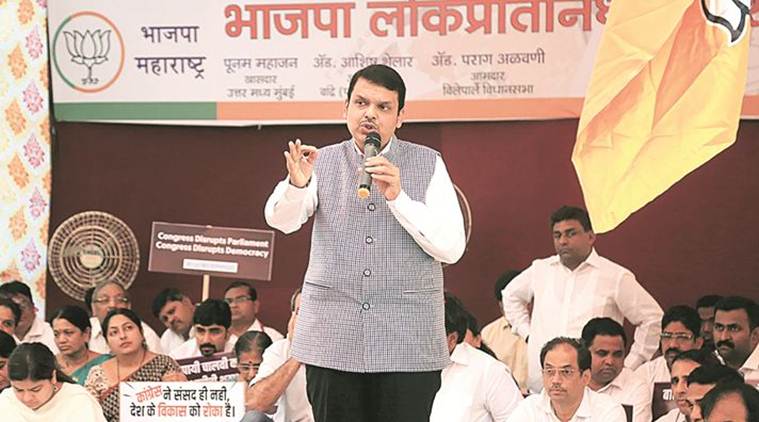 The government claimed toilets have been built in all the 25,000 drought-prone villages. (File)
The government claimed toilets have been built in all the 25,000 drought-prone villages. (File)
The state government on Wednesday announced that rural Maharashtra had become open defecation free (ODF) with the construction of over 60 lakh toilets costing Rs 4.5 crore in a span of three-and-a-half years. Simultaneously, the government said it also worked to make villages water-reliant through more than two lakh water conservation projects, specially in the drought-hit districts.
The government claimed toilets have been built in all the 25,000 drought-prone villages. Of these, 17,447 villages have become water-reliant, it said. According to a 2012 survey, only 45 per cent households in rural Maharashtra had toilets. The remaining households, spread across 40,500 villages, were without toilets. Under the Swachh Bharat Abhiyan, the state government had set a target to gain ODF status for rural Maharashtra by 2018.
“The thought of 55 per cent households living in rural Maharashtra with no access to toilets was very disturbing,” Chief Minister Devendra Fadnavis said. “On the one hand, we were making scientific strides through space satellites and unraveling the mysteries of Mars. On the other hand, villagers were struggling for basics like access to toilets. The state government set a definite timeline. All resources and manpower required for the project was pooled to build over 60 lakh toilets within three-and-a-half years.”
As per the 2012 survey, 50,25,369 (45 per cent) houses had access to toilets. Whereas, households without toilets in rural Maharashtra were 60,41,138 (55 per cent). The government claimed the state has now provided 100 per cent toilet access to every household. Besides, in the same period 2.81 lakh community toilets have been built.
“I would describe it as the first phase of work where we have ensured toilet access to every household,” Fadnavis said. “But the larger task is to change the mindset and create awareness on optimising the use of toilets in the rural belt. There are apprehensions and genuine concerns, which often work as a hurdle and needs to be addressed,” he added.